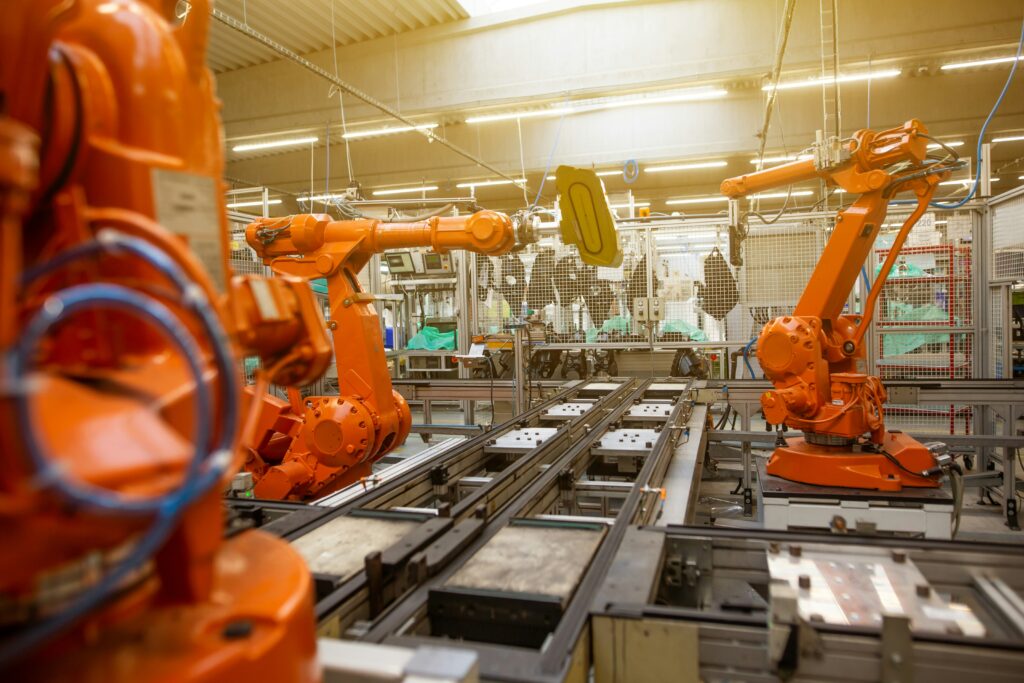In a world where technology seems to advance at the speed of light, it can be easy to overlook the smaller, yet equally impactful innovations happening in the business world. One such development that has quietly been revolutionizing the way companies operate is the rise of robotic process automation (RPA).
At its core, RPA uses software robots to automate repetitive tasks traditionally performed by humans. These bots can handle mundane tasks like data entry, invoice processing, and customer service inquiries with speed and precision, freeing up human employees to focus on more complex and strategic work. According to a recent report by Grand View Research, the global RPA market is expected to reach $3.97 billion by 2025, with industries ranging from finance to healthcare adopting this technology to streamline their operations.
Not only does RPA increase efficiency and accuracy, but it also has the potential to save companies significant amounts of money. Research from Deloitte found that businesses using RPA can reduce processing costs by up to 80%. However, the implementation of RPA is not without its challenges. Companies must navigate issues such as data security, employee training, and integration with existing systems to fully realize the benefits of this technology.
As RPA continues to gain traction in the business world, it raises important questions about the future of work and the role of automation in our economy. While some fear that RPA will lead to widespread job losses, others see it as an opportunity for employees to focus on higher-value tasks. Ultimately, the successful integration of RPA will require a thoughtful approach that balances efficiency gains with workforce considerations.



